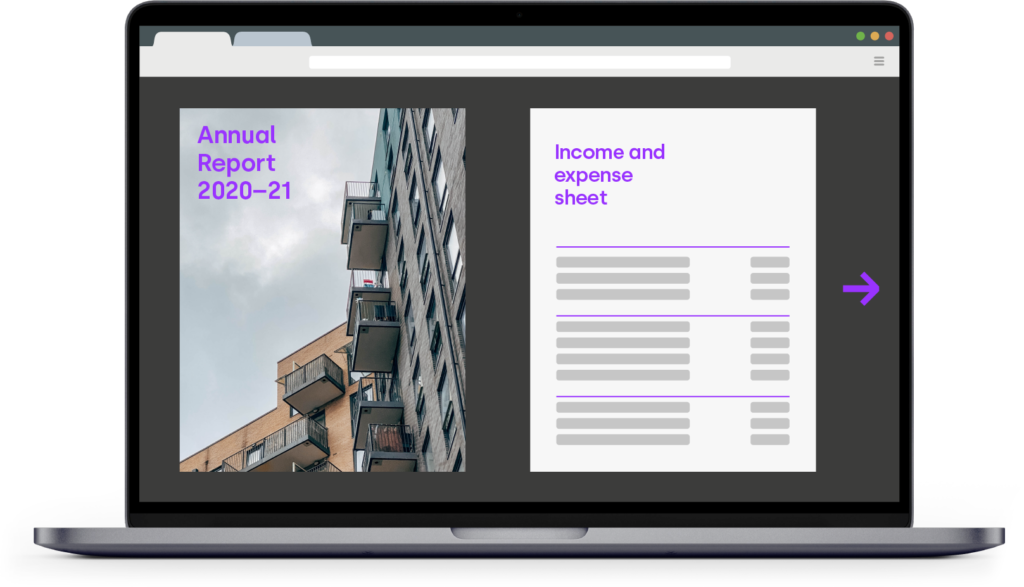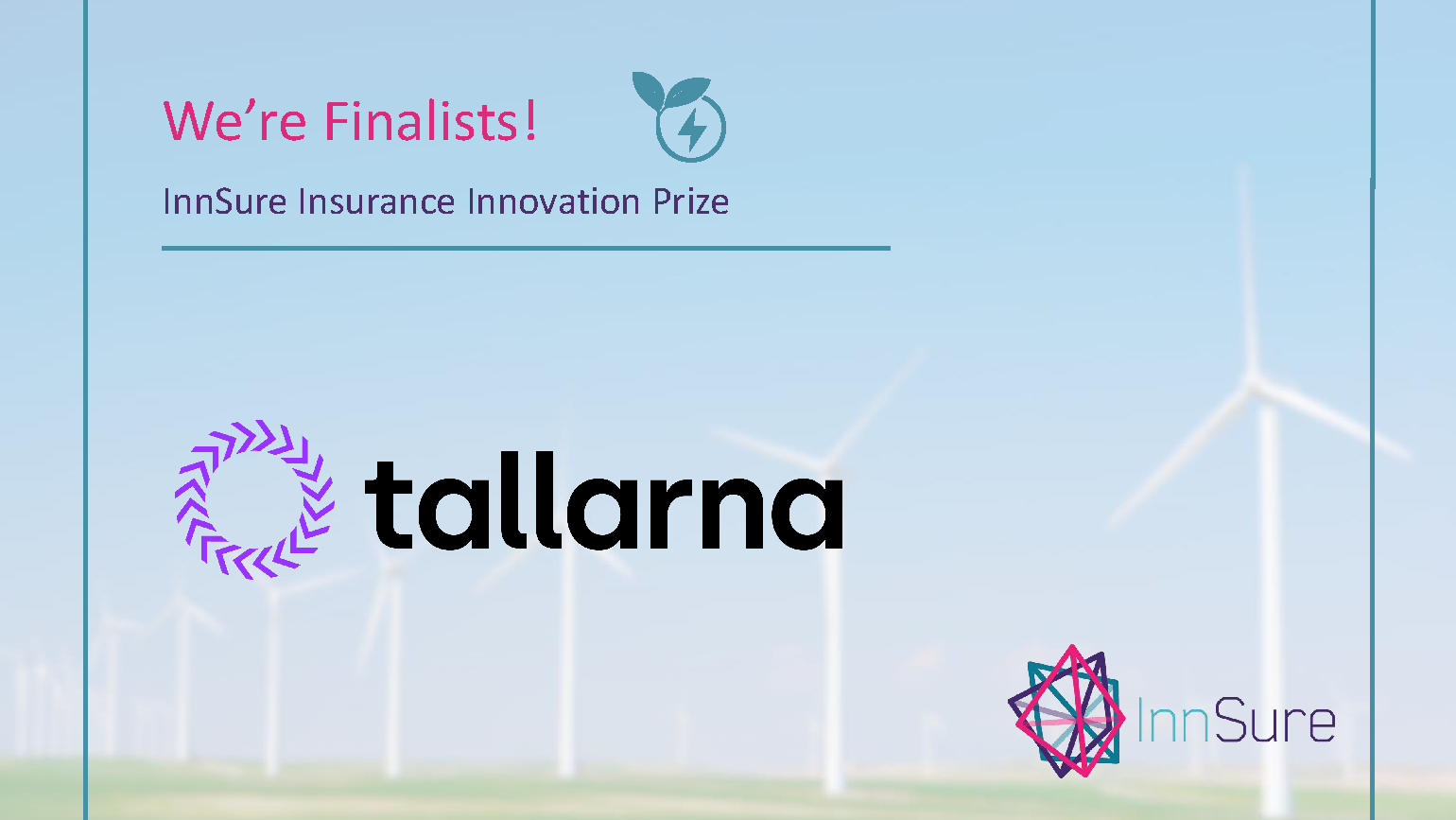
How NREL and Tallarna are Accelerating Building Decarbonisation
The latest report from the Intergovernmental Panel on Climate Change (IPCC) is unequivocal. We have a brief and rapidly closing window to secure a liveable future. Cities offer a logical aggregation point for efforts, accounting for more than 60% of our global emissions total. But current ESG investments and emission reductions are failing short of the mark.
The U.S. Department of Energy’s National Renewable Energy Laboratory (NREL) and Tallarna are tackling this challenge head-on. Led by the Wells Fargo Innovation Incubator (IN2), an NREL-managed programme for early and growth stage climate tech companies, the partnership centres on the development of advanced energy models to drive financially and temporally efficient retrofits.
The below blog explores the work NREL and Tallarna are undertaking, why it is needed, and its implications for decarbonisation retrofits globally.
Why current energy models are not good enough

Too often, building energy modelling is monolithic, complicated, and expensive. Generated outputs frequently fail to reflect our lived reality, incorrectly understanding the synergies between building systems. This is particularly problematic when it comes to retrofits. Inaccurate model outputs lead to false assumptions, misinformed decisions, and regrettable project outcomes.
NREL and Tallarna are innovating current energy models using an open-source, agent-based approach. Agent-based modelling involves breaking down complex systems into their smallest component parts, or ‘agents’. These are then analysed to understand what rules govern the agents and how different surroundings affect their behaviour. Once analysis is completed, agents are put together to model a specific energy efficiency or generation measure. If the base understanding of agents’ governing rules are correct, more accurate outputs of building energy systems will be produced. This will allow retrofit decisions to be underpinned by facts, not conjectures – stimulating financial investment.
What does creating agent-based models involve?

The start of this process involves benchmarking NREL and Tallarna’s existing agent-based energy models. NREL has developed URBANopt, a highly advanced analytics platform, while Tallarna has developed KESTREL, a decision-support solution for creating financially viable retrofits. Once both parties understand which of their models need to be tweaked, the necessary adjustments can be made, platforms can be combined, and we can start creating a catalogue of building energy agents. This will form the bedrock of future energy simulations.
The aim is to build a global modelling standard that will push the retrofit industry forward – making a tangible, positive difference. This will take months of dedicated research to complete and is still in the early stages of development.
What does agent-based modelling look like in action?

A real-life example of agent-based modelling can be seen in any street in central London. Take 3 p.m. on a Friday. There will be cars, buses, cyclists, and pedestrians on the road. These four parts can be called agents, and all have their own competing priorities. Trying to predict their movements as an overall body of traffic is tricky. Will most of them try to turn down Oxford Street or will they go straight on? What is the effect of a pedestrian walking in front of a bus just as the traffic light changes? But we can predict the answers to these questions by understanding the rules governing each agent. Local authorities already do this to some extent to optimise traffic lights, plan zebra crossings, set speed limits, and even decide where to put the latest A&E department.
Just as a road is made up of lots of independent parts that move as one, so buildings have lots of different aspects that result in an overall outcome. Windows, boilers, and cavity wall insulation, for example, come together to dictate the overall temperature of someone’s home. It is their combination that makes this happen – not their individuality. Agent-based modelling aims to accurately understand and map this, while accelerating the speed of output delivery.
How does this build a business case for retrofits?
Tallarna and NREL’s models will improve the accuracy of retrofit predictions. And increased accuracy is vital for securing the investment decarbonisation projects so desperately need. Greater accuracy provides greater confidence to insurance and financial markets in project success, opening up lower premiums and larger-scale funding – eradicating the main barrier to retrofit uptake. In turn, more efficient finance drives more emission reductions and can drastically lower energy bills. The result is a feedback loop that drives greater availability of financing and deeper retrofits.

How does agent-based modelling support sustainable technologies?

Recent years have witnessed a myriad of building innovations – from carbon zero concrete to vertical gardens. But new builds and retrofits frequently fail to take advantage of these developments – meaning emission reduction projects fall short of the mark.
The reason for this lies in the static energy models on the market. Tweaking these is time consuming and risky – although needed for new technology onboarding. And as a result, assessing innovative solutions can feel like a never-ending game of catch-up.
Rawad El Kontar, a researcher at NREL, believes the answer to this problem can be found more advanced modelling. “Models should provide flexibility for users to quickly and easily validate new technologies. Developing models that can achieve this will allow project managers to understand and trust technologies’ capabilities, paving the way for their implementation and accelerating sustainability.”
Agent-based modelling gets round the problem of slow validation methods. All systems are based on agents and their interactions. So, as Tallarna and NREL comprehensively map buildings’ agents, each agent will become a known quantity. Once complete, the only new thing a new building technology will bring is the combination of agents – not the agents themselves.
As such, agent-based models offer decision-makers the holy grail: a user-friendly and computationally faster way to test new technologies without the need for masses of technical knowledge.
Accelerating energy savings’ assessments with agent-based models
The agent-based modeling NREL and Tallarna are developing will allow innovative technologies to be deployed in live projects quickly and easily; paving the way to greater carbon savings and a stronger business case for retrofits. Not only do agent-based models enable more accurate and faster energy savings’ assessments, but Tallarna’s stochastic analysis of risk allows their outputs to be guaranteed. This is made possible through Tallarna’s partnership with an A-rated insurer, who uses our platform for the distribution and underwriting of their policies.
Agent-based modelling helps energy savings’ assessments in another way. Its faster computational speed enables engineers to dive deeper into retrofit scenarios without taking up more of their time. Korbaga Woldekidan, a researcher at NREL, notes “Agent-based modelling allows retrofit scenarios to be run simultaneously, revealing energy efficiency opportunities that would otherwise be difficult to uncover. For example, engineers can have a better understanding of how to optimise PV systems and battery interactions, how to connect that to the grid’s supply and demand, and what this means for utility bills.”
Current state of play
Currently, agent-based modelling in the built environment is still in its infancy. But NREL and Tallarna’s partnership offers a starting point for the industry, setting an unprecedented standard for assessing how building systems interact. And once achieved, we will be able to drive sustainability at an exponentially accelerated rate.
Over the next two years, we will be providing regular updates on how this project is going. If you would like to hear more about this, please email press@tallarna.com.


